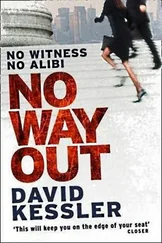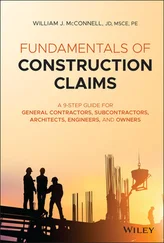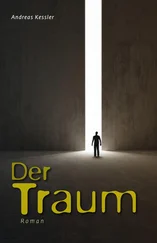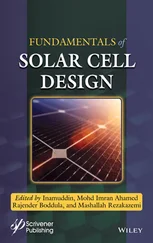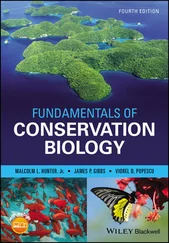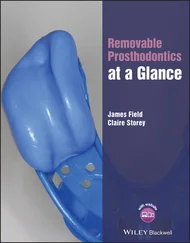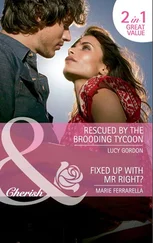Fundamentals of Fixed Prosthodontics
Fourth Edition
Cover design based on a photograph of Monument Valley on the Navajo Reservation in northern Arizona taken at sunrise by Dr Herbert T. Shillingburg, Jr.
FUNDAMENTALS OF FIXED PROSTHODONTICS
FOURTH EDITION
Herbert T. Shillingburg, Jr, DDS
David Ross Boyd Professor Emeritus
Department of Fixed Prosthodontics
University of Oklahoma College of Dentistry
Oklahoma City, Oklahoma
with
David A. Sather, DDS
Edwin L. Wilson, Jr, DDS, MEd
Joseph R. Cain, DDS, MS
Donald L. Mitchell, DDS, MS
Luis J. Blanco, DMD, MS
James C. Kessler, DDS
Illustrations by
Suzan E. Stone

Quintessence Publishing Co, Inc
Chicago, Berlin, Tokyo, London, Paris, Milan, Barcelona, Istanbul, Moscow, New Delhi, Prague, São Paulo, and Warsaw
Library of Congress Cataloging-in-Publication Data
Fundamentals of fixed prosthodontics / Herbert T. Shillingburg Jr. ... [et al.]. -- 4th ed.
p. ; cm.
Includes bibliographical references and index.
ISBN 978-0-86715-475-7
I. Shillingburg, Herbert T.
[DNLM: 1. Denture, Partial, Fixed. 2. Crowns. 3. Dental Prosthesis Design. 4. Prosthodontics--methods. WU 515]
617.6'9--dc23
2011041249
5 4 3 2 1
 © 2012 Quintessence Publishing Co, Inc
© 2012 Quintessence Publishing Co, Inc
All rights reserved. This book or any part thereof may not be reproduced, stored in a retrieval system, or transmitted in any form or by any means, electronic, mechanical, photocopying, or otherwise, without prior written permission of the publisher.
Quintessence Publishing Co, Inc
4350 Chandler Drive
Hanover Park, IL 60133
www.quintpub.com
Editor: Leah Huffman
Design: Ted Pereda
Production: Patrick Penney
Printed in the USA
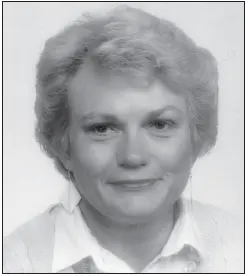
In Memoriam
Constance Murphy Shillingburg
1938–2008
This book is dedicated to the loving memory of Constance Murphy Shillingburg. We met at the University of New Mexico at the beginning of her freshman year in 1956. We were married 4 years later, 1 week after she graduated. During my first 2 years in dental school, I made 13 trips, totaling over 22,000 miles, from Los Angeles to Albuquerque. She shared all of the triumphs and disappointments of my last 2 years in dental school. It was not my career; it was our career. She supported me in all that I did. She didn’t question my leaving practice to start a career in academics or our moving from California to Oklahoma. We had three daughters along the way. Although she had three open-heart surgeries in her teens because of rheumatic fever and then two cancer surgeries later in life, she was the most optimistic person I ever met.
She accompanied me on 29 trips outside the United States. At first she came along because she loved to travel, and I didn’t enjoy the trips nearly as much without her. However, I very quickly learned that my hosts and audiences were enchanted by her. They enjoyed her as much or more than they did me, and she used what she learned on those trips in her teaching. She died 3 weeks after we celebrated our 48th wedding anniversary. There is a song on the most recent Glen Campbell album, Ghost on the Canvas, that sums it up perfectly: “There’s no me…without you.”
Luis J. Blanco, DMD, MS
Professor and Chair
Department of Fixed Prosthodontics
University of Oklahoma College of Dentistry
Oklahoma City, Oklahoma
Joseph R. Cain, DDS, MS
Professor Emeritus
Department of Removable Prosthodontics
University of Oklahoma College of Dentistry
Oklahoma City, Oklahoma
James C. Kessler, DDS
Director of Education
L. D. Pankey Institute
Key Biscayne, Florida
Donald L. Mitchell, DDS, MS
Professor Emeritus
Department of Oral Implantology
University of Oklahoma College of Dentistry
Oklahoma City, Oklahoma
David A. Sather, DDS
Associate Professor
Department of Fixed Prosthodontics
University of Oklahoma College of Dentistry
Oklahoma City, Oklahoma
Herbert T. Shillingburg, Jr, DDS
David Ross Boyd Professor Emeritus
Department of Fixed Prosthodontics
University of Oklahoma College of Dentistry
Oklahoma City, Oklahoma
Edwin L. Wilson, Jr, DDS, MEd
Professor Emeritus
Department of Occlusion
University of Oklahoma College of Dentistry
Oklahoma City, Oklahoma
Fixed prosthodontics is the art and science of restoring damaged teeth with cast metal, metal-ceramic, or all-ceramic restorations and of replacing missing teeth with fixed prostheses using metal-ceramic artificial teeth (pontics) or metal-ceramic crowns over implants. Successfully treating a patient by means of fixed prosthodontics requires a thoughtful combination of many aspects of dental treatment: patient education and the prevention of further dental disease, sound diagnosis, periodontal therapy, operative skills, occlusal considerations, and, sometimes, placement of removable complete or partial prostheses and endodontic treatment.
Restorations in this field of dentistry can be the finest service rendered for dental patients or the worst disservice perpetrated upon them. The path taken depends upon one’s knowledge of sound biologic and mechanical principles, the growth of manipulative skills to implement the treatment plan, and the development of a critical eye and judgement for assessing detail.
As in all fields of the healing arts, there has been tremendous change in this area of dentistry in recent years. Improved materials, instruments, and techniques have made it possible for today’s operator with average skills to provide a service whose quality is on a par with that provided only by the most gifted dentist of years gone by. This is possible, however, only if the dentist has a thorough background in the principles of restorative dentistry and an intimate knowledge of the techniques required.
This book was designed to serve as an introduction to the area of restorative dentistry dealing with fixed partial dentures and cast metal, metal-ceramic, and all-ceramic restorations. It should provide the background knowledge needed by the novice as well as serve as a refresher for the practitioner or graduate student.
To provide the needed background for formulating rational judgments in the clinical environment, there are chapters dealing with the fundamentals of treatment planning, occlusion, and tooth preparation. In addition, sections of other chapters are devoted to the fundamentals of the respective subjects. Specific techniques and instruments are discussed because dentists and dental technicians must deal with them in their daily work.
Alternative techniques are given when there are multiple techniques widely used in the profession. Frequently, however, only one technique is presented. Cognizance is given to the fact that there is usually more than one acceptable way of accomplishing a particular task. However, in the limited time available in the undergraduate dental curriculum, there is usually time for the mastery of only one basic technique for accomplishing each of the various types of treatment.
Читать дальше
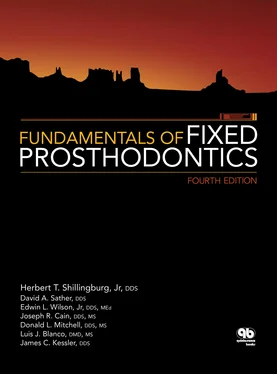

 © 2012 Quintessence Publishing Co, Inc
© 2012 Quintessence Publishing Co, Inc

